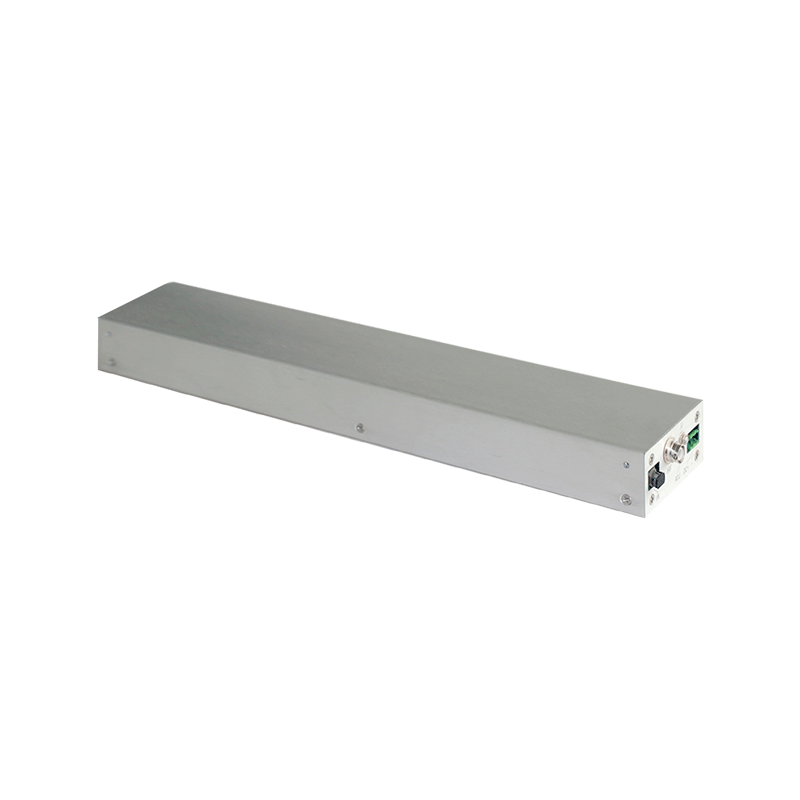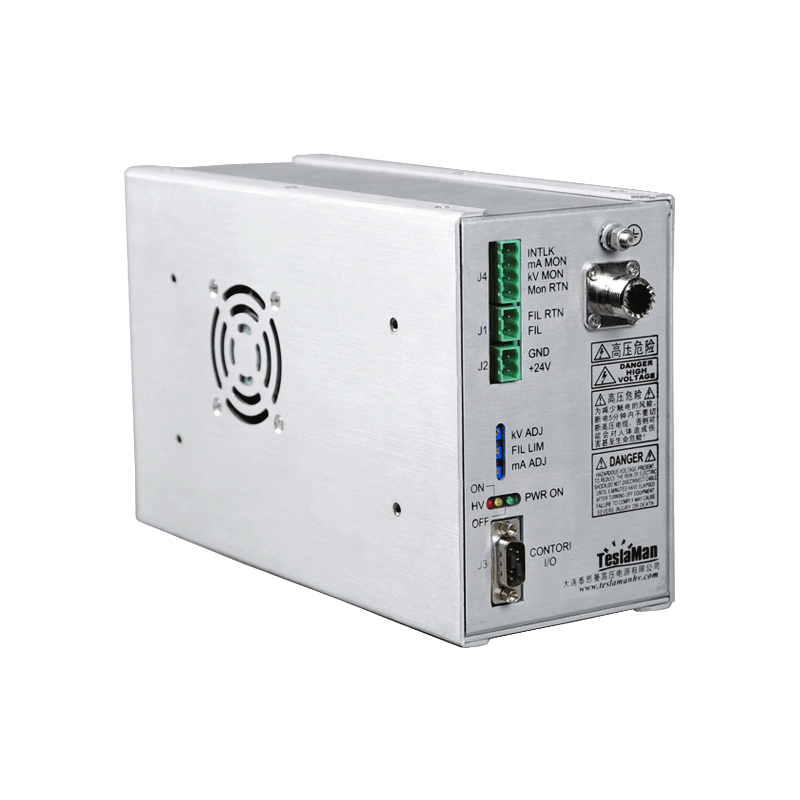Heat Dissipation Issues and Solutions in the Design of X-ray High-Voltage Power Supplies
In X-ray equipment, the high-voltage power supply, as one of the core components, directly affects the normal operation of the entire system. However, in practical applications, high-voltage power supplies often face serious heat dissipation problems, which not only affect their work efficiency but may also shorten their service life and even cause safety hazards. Therefore, conducting in-depth research on the heat dissipation issues in the design of X-ray high-voltage power supplies and proposing effective solutions have significant practical importance.
I. Causes of Heat Dissipation Issues in X-ray High-Voltage Power Supplies
During operation, X-ray high-voltage power supplies generate a large amount of heat, mainly from the following aspects: firstly, the losses generated by power switches during turn-on and turn-off processes; secondly, the eddy current losses produced by transformers, capacitors, and other components under the action of alternating current; thirdly, the resistance losses at circuit traces, solder joints, and other points on the circuit board. If this heat cannot be dissipated in time, it will lead to an increase in internal temperature, thereby affecting the stability and reliability of its performance.
II. Impact of Heat Dissipation Issues on X-ray High-Voltage Power Supplies
1. Performance Decline: As the temperature rises, the parameters of components inside the power supply change, causing instability in output voltage and current, thereby affecting the generation and quality of X-rays.
2. Shortened Service Life: A high-temperature environment accelerates the aging process of components inside the power supply, significantly shortening its service life.
3. Safety Hazards: Excessive temperatures may cause short circuits, breakdowns, and other faults within the power supply, or even lead to serious safety accidents such as fires.
III. Solutions to Heat Dissipation Issues in X-ray High-Voltage Power Supplies
To address the heat dissipation issues of X-ray high-voltage power supplies, the following aspects can be considered:
1. Optimize Design Schemes: Fully consider heat dissipation factors during the design stage, reasonably arrange components on the circuit board to reduce the generation and accumulation of heat. At the same time, use materials with high thermal conductivity to make radiators and heat sinks to improve cooling efficiency.
2. Strengthen Heat Dissipation Measures: Install cooling fans or heat sinks on the power supply casing to accelerate heat dissipation using the principle of air convection. Additionally, water cooling, oil cooling, and other cooling methods can be adopted to further enhance cooling effects.
3. Intelligent Temperature Control System: Introduce an intelligent temperature control system to monitor the internal temperature changes of the power supply in real-time and adjust the operating status of cooling equipment accordingly. This ensures the normal operation of the power supply while avoiding unnecessary energy waste.
4. Regular Maintenance Checks: Conduct regular maintenance checks on the high-voltage power supply, promptly clean dust and debris from radiators, and ensure unobstructed heat dissipation pathways. Also, check whether the connections of various components are secure to prevent increased heat generation due to poor contact.
In summary, the issue of heat dissipation in the design of X-ray high-voltage power supplies cannot be overlooked. By optimizing design schemes, strengthening heat dissipation measures, introducing intelligent temperature control systems, and conducting regular maintenance checks, this problem can be effectively resolved. This improves the performance stability and service life of high-voltage power supplies, ensuring the normal operation and safe use of X-ray equipment.




















